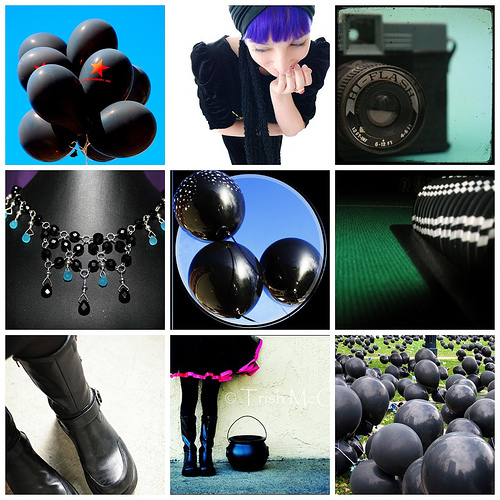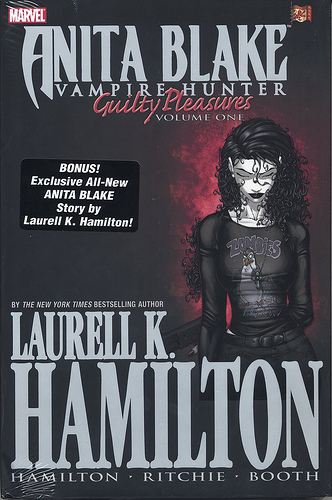What writer Chuck Palahniuk said (among many other things he's said) in this article can be summed up as, 'for six months don't use thought verbs.' He gives a list. I always panic slightly when I see articles like this by prolific, famous, accomplished writers. OH NO. I've used thought words. I'm DOOOOMED. Then the part of my brain that actually thinks kicks in.
So then I realize he's showing you how to show, not tell. Often when you're trying to teach a writer to do something differently from the way that is her/his habit, you suggest they stop doing something completely. Like, stop using 'to be' verbs or adverbs. The reasoning, I think, is that it's much easier to see what's wrong if you stop doing the thing that's causing the problems. It's like you tell an alcoholic not to drink any alcohol instead of just cutting back. Most people can't manage if they cut back. They need to stop entirely before they can get a grip.
What I don't think Palahniuk's saying is 'never use thought words again.' He's saying, learn how to show.
I also don't think he's saying, 'don't reveal a character's interior.' He's saying you won't actually reveal it through summary. But that's a difficult concept for many to actually apply. So he gives it in more concrete terms. If you avoid using the words he mentions in the article, you're far less likely to resort to summary. You'll be forced to spell things out. (CP hopes you will anyway. I'm not sure. It's still a hard concept for people to grasp. I'm imagining some very inventive ways people will find to keep using summary, carefully skirting those particular words.)
Probably now isn't the time to mention this but I will anyway, lest you get carried away. It's okay to tell sometimes. There are definitely times when you would bore the pants off everyone if you spelled certain details out in an effort to always show. For example: 'It happened again the next day' summarizes something you already spelled out. If you wrote out the whole thing again (and this becomes more true the more times this thing happens) just to avoid using six words of summary, your book might burst into flames. Or maybe that would just be the readers' heads.
So if you like writing interior characters, I'd say don't panic. And don't hate Chuck Palahniuk. His advice is solid. Just see it for what it is.







 RSS Feed
RSS Feed
